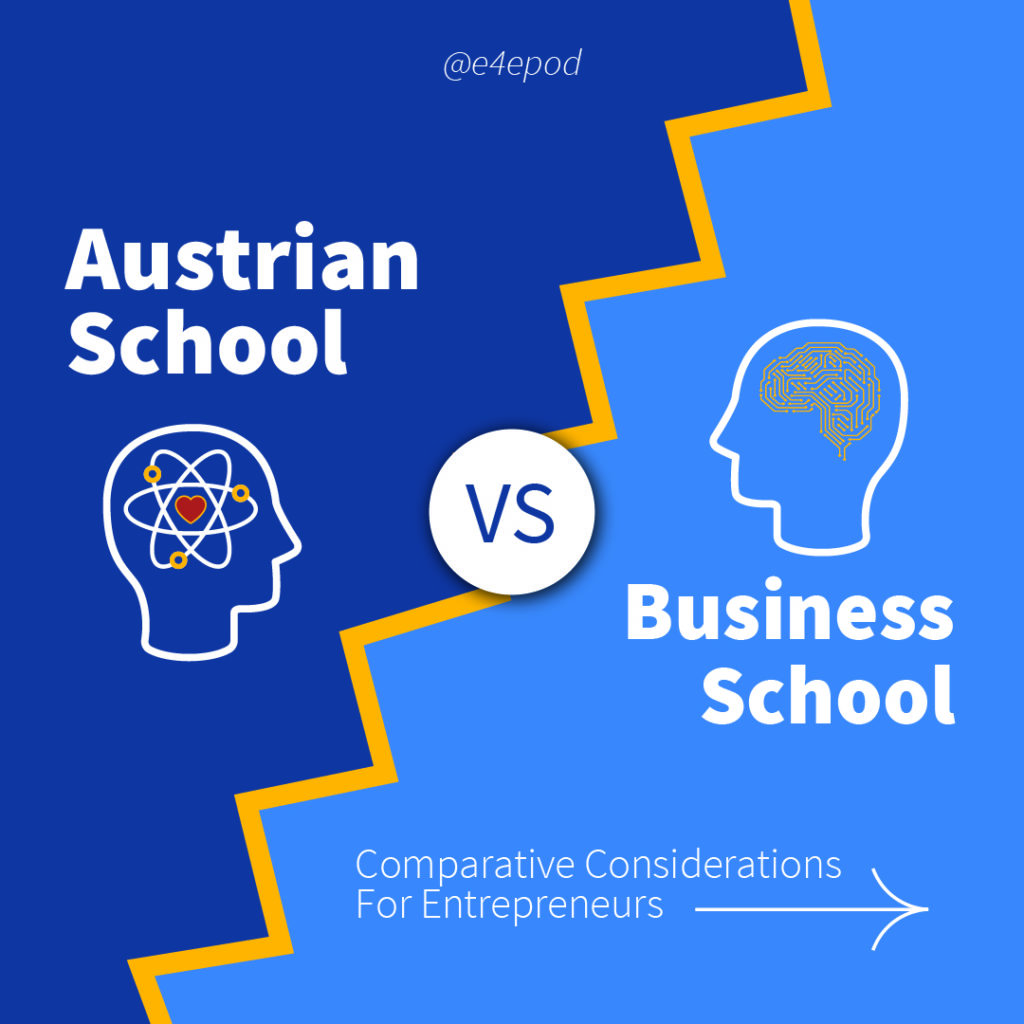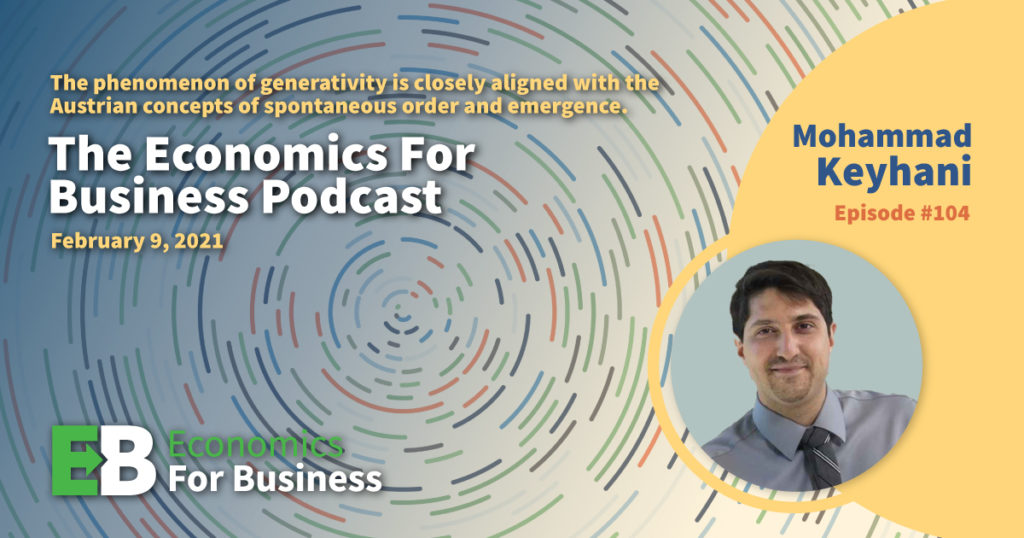The Customer As Business Driver
The logic of the Value Entrepreneurship System positions the customer – rather than the service provider/producer or the commercial exchange or the business model – at the center. The focus is on how the customer creates value in their own context and within their own system. Value is formed in the life of the customer, in the context of “living”. Value is what the customer does – how they act – and how they feel about the experience of acting
Their value formation process is consequently quite complex, involving behavior, attitudes, and emotions in interaction with other family members, with co-workers, with multiple services, and multiple products. It’s always relative; customers compare alternative ways they could spend their money, and alternative experiences they could choose or construct. Value can vary with the role an individual is playing at any particular time: parent, employee, co-worker, advisor, mentor. The life of the customer is the space where value is formed and provides the energy for value formation.
The key question is not how the customer will consume a service (which is the typical focus of value propositions and marketing offerings – expressed as meeting a need or solving a problem) but how do customers live their lives? How do they behave in their own life context? What are their routines, activities, and practices?
The marketing challenge is to fit in to the customer’s life, to contribute to it, especially with innovations that help them live their continuously changing and dynamic lives, and to live them better in some ways.
| Standard Approach | Value Entrepreneurship |
| What problem does the customer wish to solve? How should the service be designed? What is the best development process? How does the customer prefer to co-create? | How does the customer live their life? What routines does the customer have? What irritates the customer in everyday life? What does the customer enjoy? |
| How / why does the customer make their choices? How / why do they choose distribution channels? Why is the customer dissatisfied? | What is the customer’s individual life context? How mobile is the customer? What are the customer’s circumstances / situation? |
| When does the customer want service? How / why do they choose distribution channels? | What is the customer’s individual time frame? How hectic is the customer’s life? |
| What does the customer say? What are their needs? How can new services be innovated? | What does the customer feel? What is important to the customer? What are the customer’s challenges in life? |
| How does the customer behave? What role does the customer play in the service process? Who influences the customer’s decisions? How should we develop our brand? What customer segmentation applies? | Who is the customer? What roles do they have in their everyday life? How is the customer’s social / business life constructed? What does the customer believe in and value? What customer life profiles can be identified? |
(Note that all these Value Entrepreneurship queries can be applied in both B2C and B2B contexts.)
The business requirement for the Value Entrepreneurship System is to consciously shift focus from the provider perspective to the customer perspective, homing in on the everyday life of the customer. It’s dynamic, ever-changing, and complex. The better the understanding of their living, the better the opportunity to help them realize new value.
Reference: Exploring Customer Value Formation – a Customer Dominant Logic Perspective; Paivi Voima, Kristina Heinonen, and Tore Strandvik; Hanken School of Economics, Helsinki, Finland.







Responses